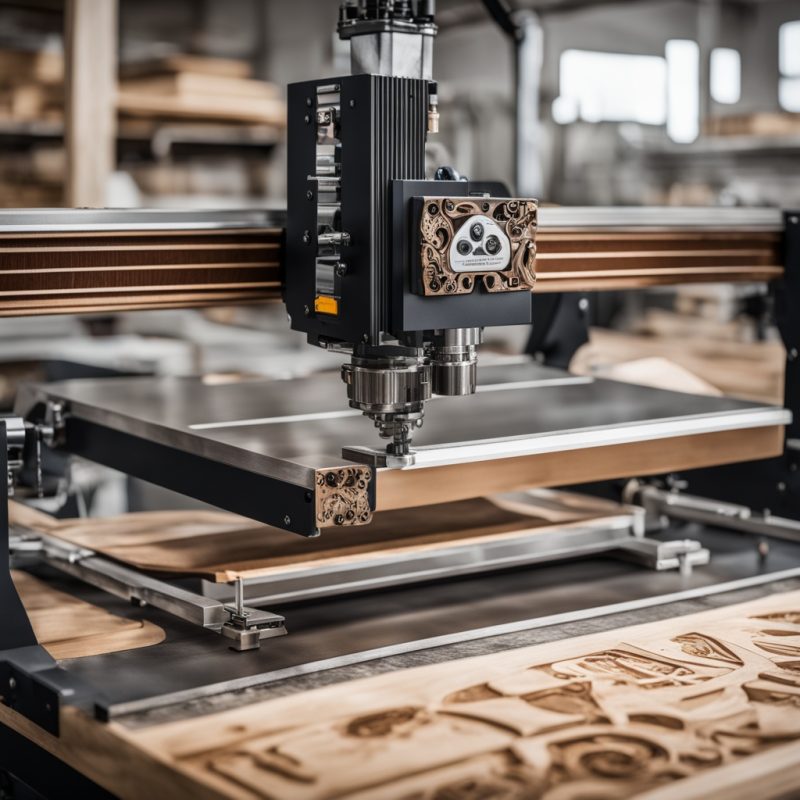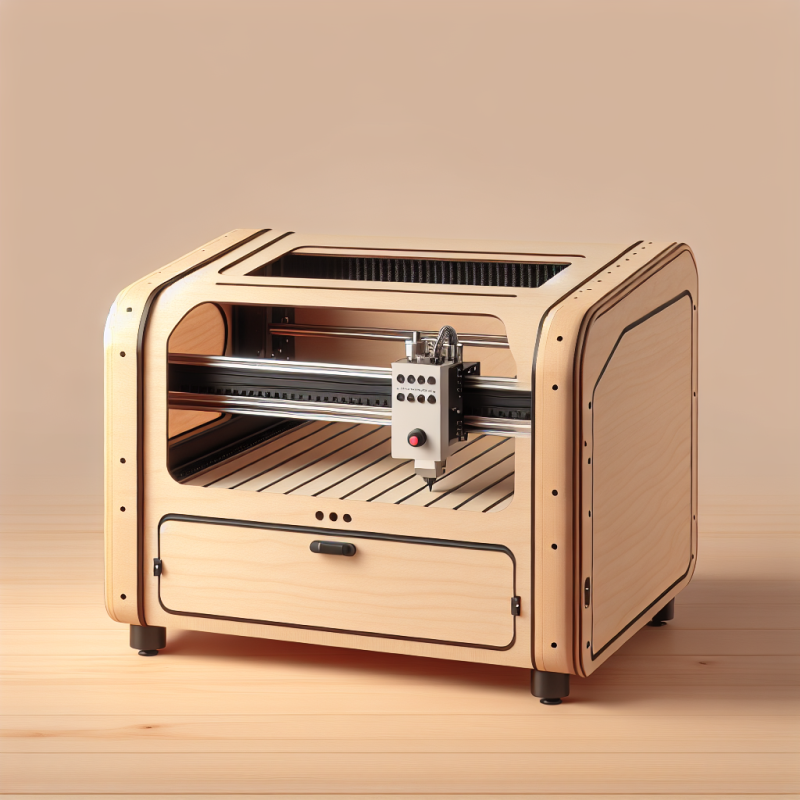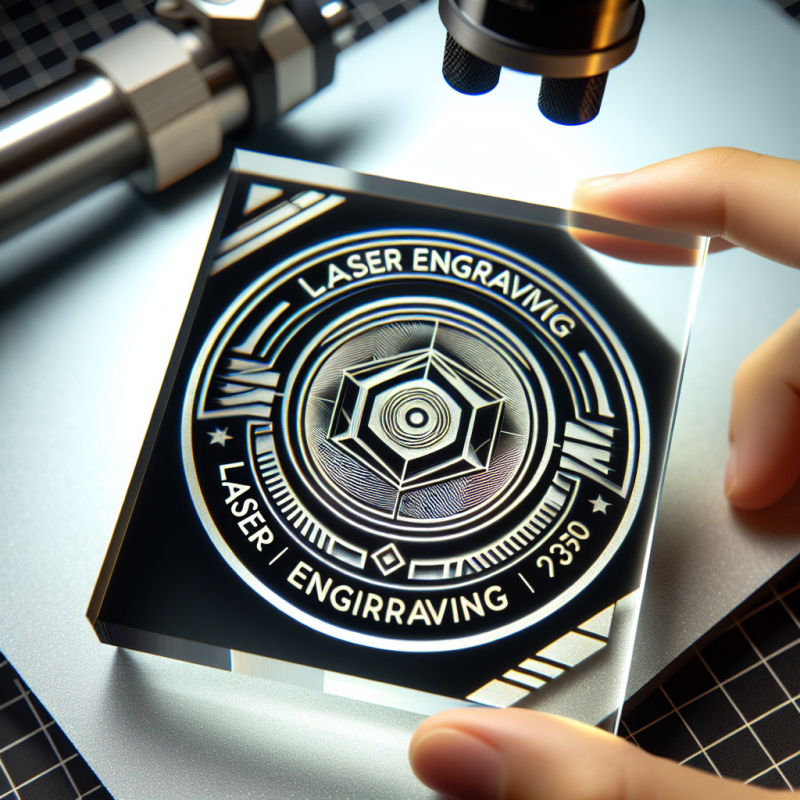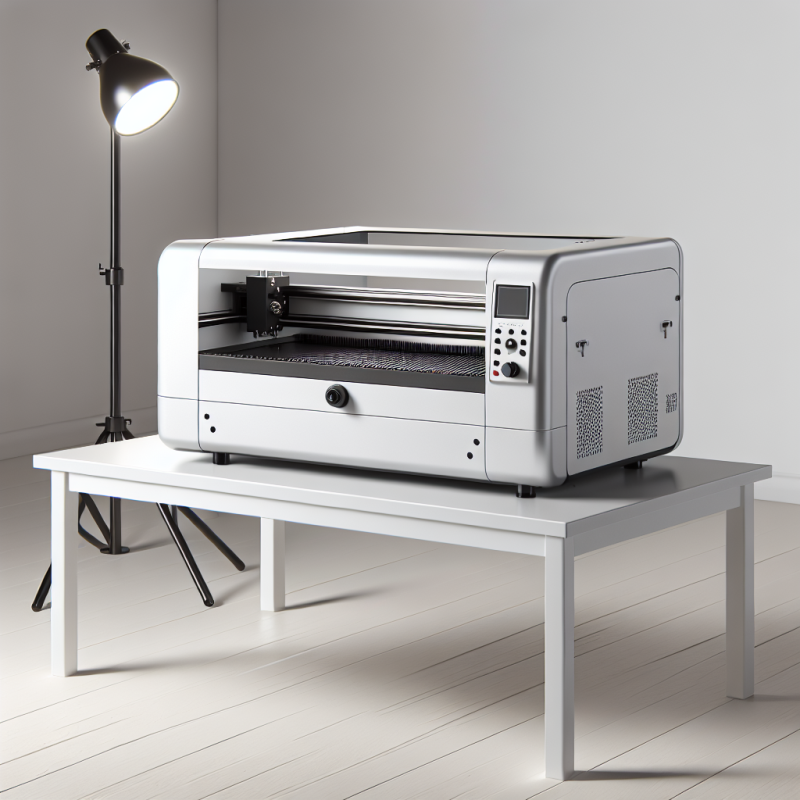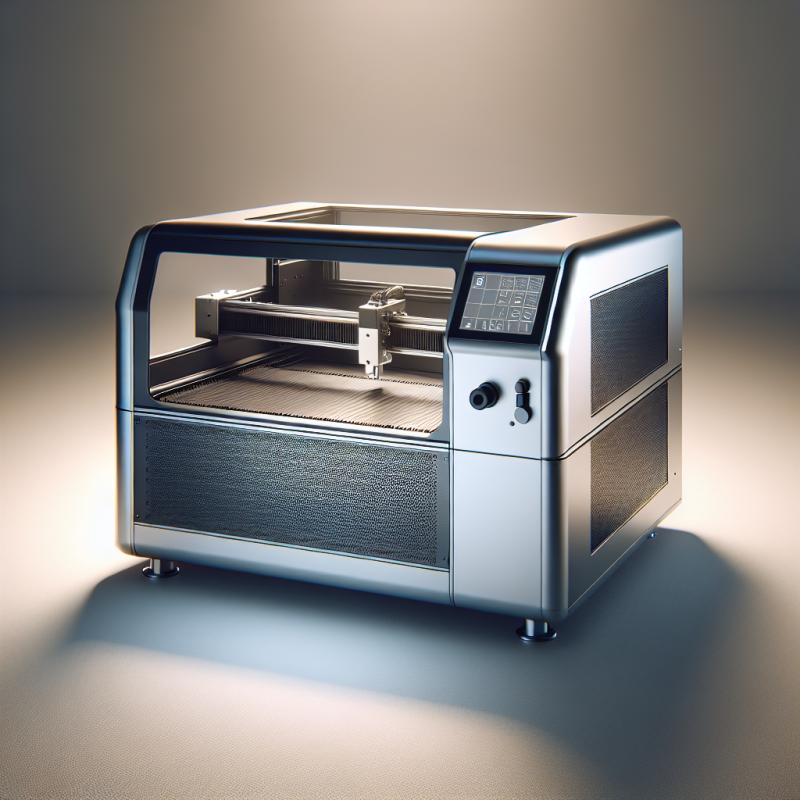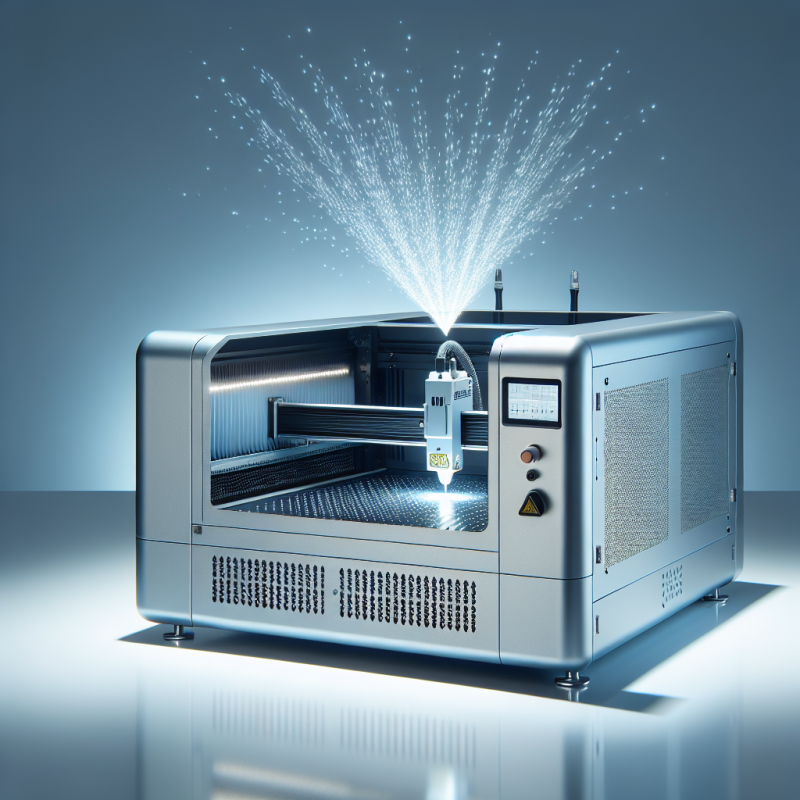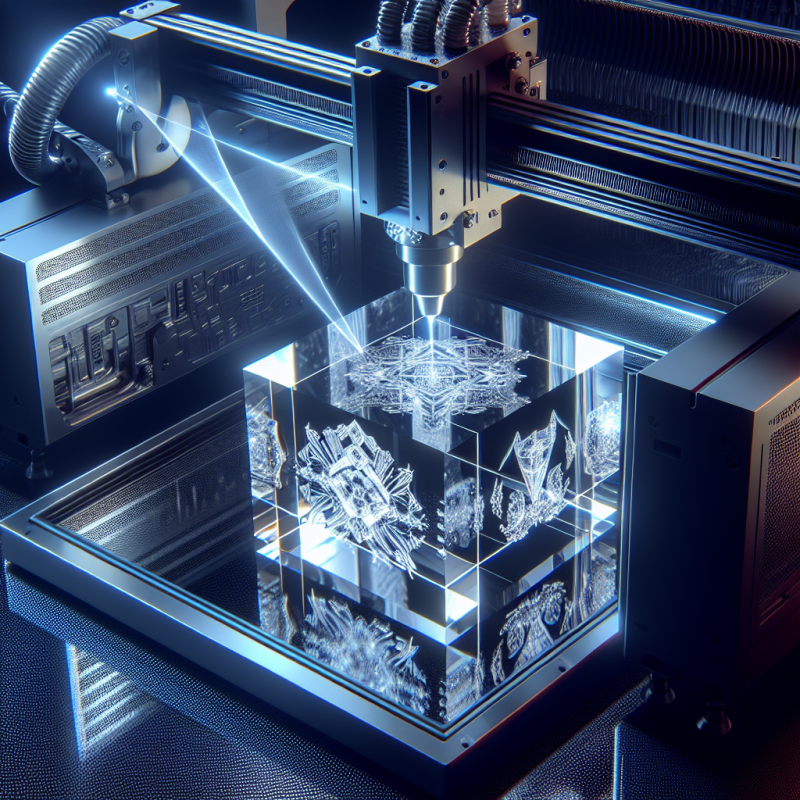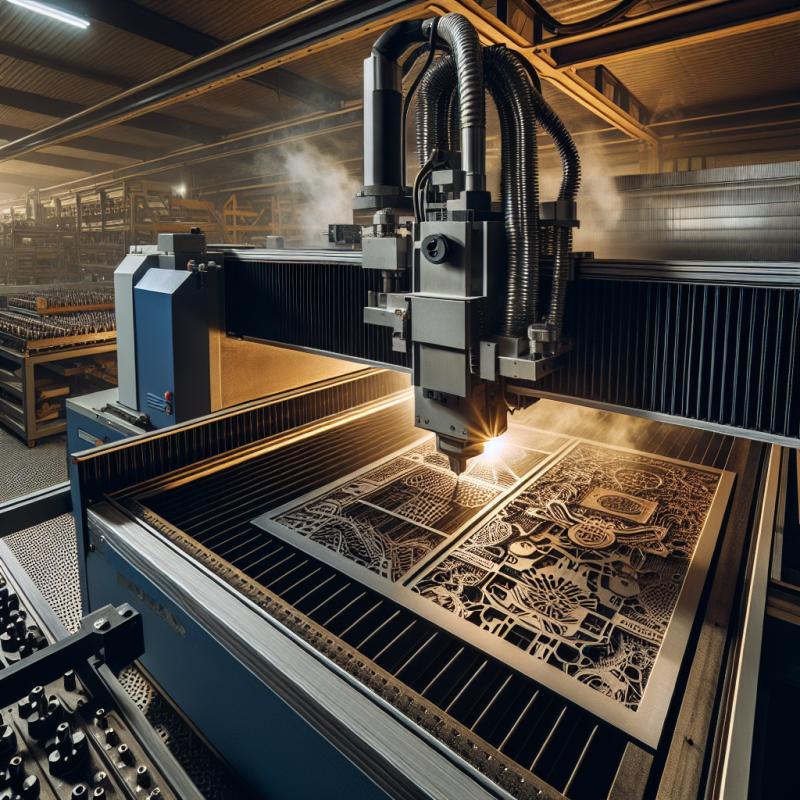The Ultimate Guide to Leather for Laser Engraving
Laser engraving has revolutionized the world of crafting and customization, offering unparalleled precision and creativity. One of the most popular materials for laser engraving is leather, due to its versatility, durability, and aesthetic appeal. Whether you’re a professional crafter, a hobbyist, or someone looking to customize personal belongings, understanding how to work with leather for laser engraving can unlock endless possibilities. This guide will walk you through everything you need to know about using leather in your laser engraving projects, including its benefits, applications, and tips for achieving the best results.
Why Choose Leather for Laser Engraving?
Leather is a timeless material that exudes sophistication and durability. Its natural texture and ability to age gracefully make it an ideal choice for laser engraving projects. When engraved with precision, leather can showcase intricate designs, logos, or personalized messages that add a touch of elegance to any item. Whether you’re creating custom wallets, belts, or decorative pieces, the versatility of leather ensures your projects stand out.
One of the key reasons for using leather for laser engraving is its compatibility with modern laser engraving machines. Unlike some materials that may require additional preparation or specialized settings, leather responds beautifully to the controlled heat of a laser beam. This allows for precise and detailed engravings that are both durable and visually appealing.
Benefits of Laser Engraving on Leather
Laser engraving offers several advantages when working with leather:
- Precision and Detail: Lasers can carve intricate patterns and text with exceptional accuracy, making it possible to create highly detailed designs.
- Durability: Engravings on leather are resistant to wear and tear, ensuring your custom designs last for years.
- Customization: You can personalize items with names, dates, or unique patterns, making each piece one-of-a-kind.
- Ease of Use: Laser engraving eliminates the need for manual carving tools, saving time and effort while reducing the risk of errors.
These benefits make laser engraving on leather a popular choice for both small-scale projects and large-scale production runs. Whether you’re creating custom accessories or decorative items, the results are always stunning.
Applications of Laser Engraved Leather
The applications of laser-engraved leather are vast and varied. Some common uses include:
- Wallets and Purses: Add a personal touch to your accessories with custom engravings.
- Belts and straps: Create unique designs or monograms for belts, backpack straps, or luggage tags.
- Fashion Accessories: Engrave leather bracelets, keychains, or shoe insoles with personalized messages or patterns.
- Home Decor: Use laser-engraved leather to create wall art, coasters, or decorative trays.
- Promotional Items: Brand leather items like tote bags, journal covers, or phone cases for corporate events or marketing campaigns.
- Art and Craft Projects: Experiment with abstract designs or intricate patterns to create one-of-a-kind pieces of art.
These applications demonstrate the versatility of laser engraving on leather, making it a valuable skill for anyone interested in craftsmanship or customization.
Preparing Leather for Laser Engraving
Before you start your laser engraving project, it’s essential to prepare the leather properly. Here are some tips to ensure the best results:
- Choose the Right Type of Leather: Full-grain and top-grain leathers are ideal for laser engraving due to their thickness and ability to hold engravings well. Avoid using suede or split leather, as they may not respond as effectively to the laser.
- Clean the Surface: Dust or dirt on the leather surface can interfere with the engraving process. Use a soft cloth and mild soap solution to clean the leather before engraving.
- Test Your Settings: Before starting your project, test your laser machine’s settings on a small piece of leather. Adjust the power, speed, and focus as needed to achieve the desired depth and clarity in the engraving.
By taking these steps, you can ensure that your laser-engraved designs look professional and polished.
Tips for Achieving Perfect Laser Engravings on Leather
To get the most out of your laser engraving projects on leather, consider the following tips:
- Use a Vector Design: Laser engraving works best with vector graphics, which are resolution-independent and allow for precise cutting or engraving. Avoid raster images, as they may lack the necessary detail.
- Practice on Scrap Material: Before working on your final project, practice your designs on scrap leather to refine your technique and ensure you’re happy with the results.
- Experiment with Depths: Different engraving depths can create varying effects. Shallow engravings are ideal for subtle textures, while deeper cuts can produce more pronounced patterns or letters.
- Clean Your Machine Regularly: Laser engraving machines can accumulate dust and debris over time. Clean your machine regularly to maintain its performance and ensure consistent results.
By following these tips, you’ll be able to create stunning laser-engraved leather projects that showcase your creativity and craftsmanship.
Maintaining Your Laser-Engraved Leather Pieces
To keep your laser-engraved leather pieces looking their best, follow these maintenance tips:
- Clean Regularly: Use a soft cloth and mild soap solution to clean your leather items. Avoid using harsh chemicals or scrubbing too hard, as this can damage the engraved surface.
- Maintain with Leather Conditioner: Periodically apply a quality leather conditioner to keep the material supple and prevent cracking. This will also help preserve the engraving’s appearance over time.
- Store Properly: Store your laser-engraved leather items in a cool, dry place away from direct sunlight. Avoid stacking heavy objects on top of them to prevent creasing or damage to the engraved surface.
With proper care, your laser-engraved leather pieces will remain beautiful and durable for years to come.
Frequently Asked Questions About Laser Engraving Leather
If you’re new to laser engraving on leather, here are some answers to common questions:
- Can I engrave any type of leather? While most leathers can be engraved, full-grain and top-grain leathers work best due to their thickness and texture. Avoid using suede or thin leather for laser engraving.
- Do I need special software for designing engravings? No, you can use any vector graphic design software like Adobe Illustrator, CorelDraw, or even free alternatives like Inkscape to create your designs.
- Is laser engraving safe for leather? Yes, as long as you use the correct settings and avoid overheating the material. Properly engraved leather will not peel or crack over time.
By addressing these common concerns, you can feel more confident in your ability to create stunning laser-engraved leather projects.
Conclusion
Laser engraving on leather is a fantastic way to add personalized touches or intricate designs to your craft projects. With the right preparation, tools, and technique, you can create beautiful and durable pieces that showcase your creativity. Whether you’re making custom gifts, promotional items, or unique works of art, laser engraving on leather opens up endless possibilities for expression. So why not give it a try? With practice and patience, you’ll be well on your way to mastering this versatile craft.



